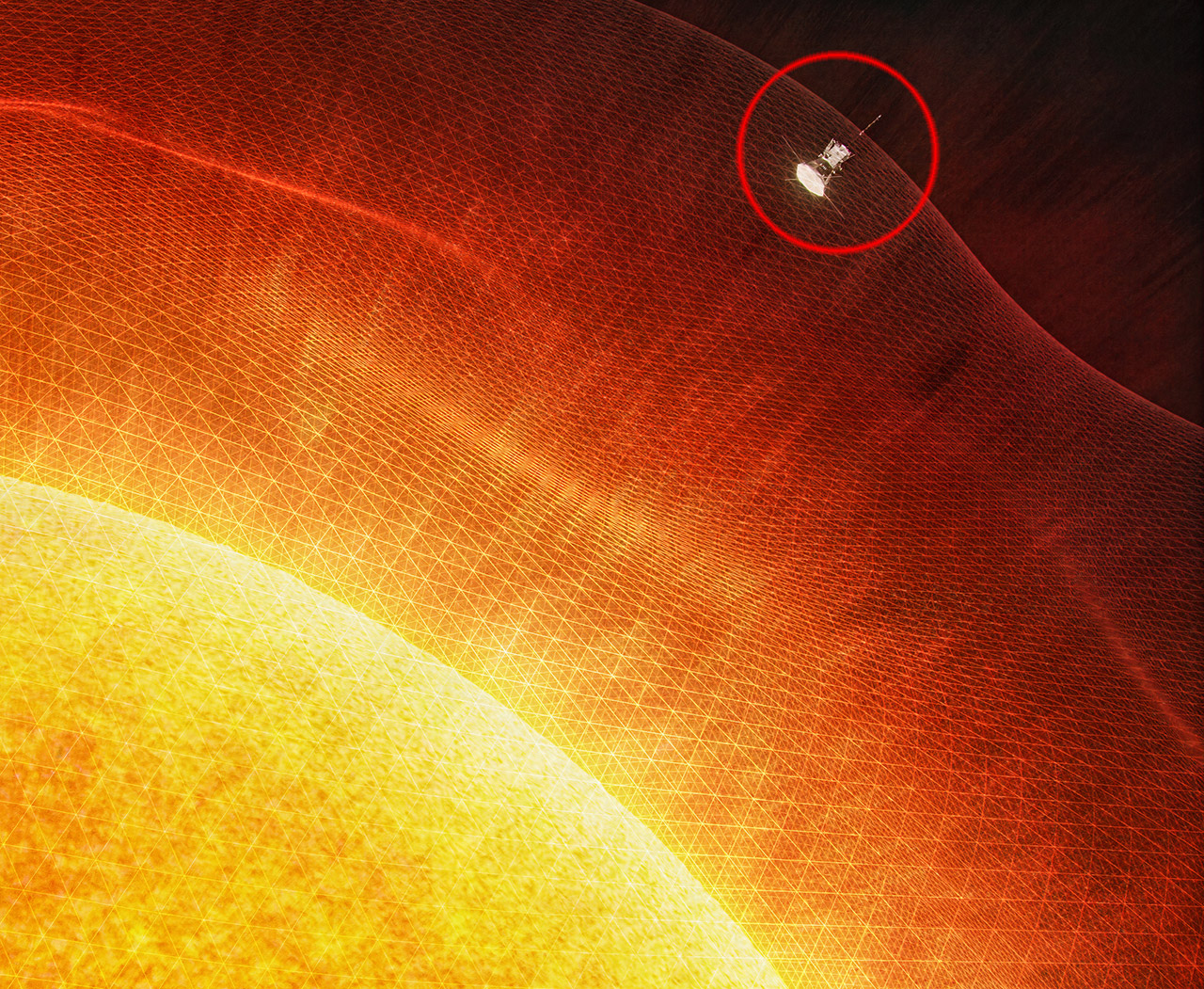
NASA’s Parker Solar Probe has entered the Sun’s upper atmosphere, also known as the corona, for the very first time. The spacecraft sampled particles and magnetic fields, making one giant leap for solar science. It managed to pass in and out of the corona several times during the flyby, proving that the Alfvén critical surface isn’t shaped like a smooth ball.
The Alfvén critical surface actually has spikes and valleys that wrinkle the surface, and by discovering where these protrusions line up with solar activity coming from the surface, scientists can learn how events on the Sun affect the atmosphere and solar wind. This first passage lasted only a few hours, but is just one of many planned for the mission.
- Interactive model – Inspire kids to build a representation of the Earth, Sun and Moon in orbit with this LEGO Technic Planet Earth and Moon in Orbit...
- Educational space toy – Kids can turn the crank to see how the Earth and the Moon orbit around the Sun
- Includes months and moon phases – This solar system toy includes printed details, like the month and moon phases to help kids see how the Earth’s...

Flying so close to the Sun, Parker Solar Probe now senses conditions in the magnetically dominated layer of the solar atmosphere – the corona – that we never could before. We see evidence of being in the corona in magnetic field data, solar wind data, and visually in images. We can actually see the spacecraft flying through coronal structures that can be observed during a total solar eclipse,” said Nour Raouafi, the Parker project scientist at the Johns Hopkins Applied Physics Laboratory in Laurel, Maryland.






